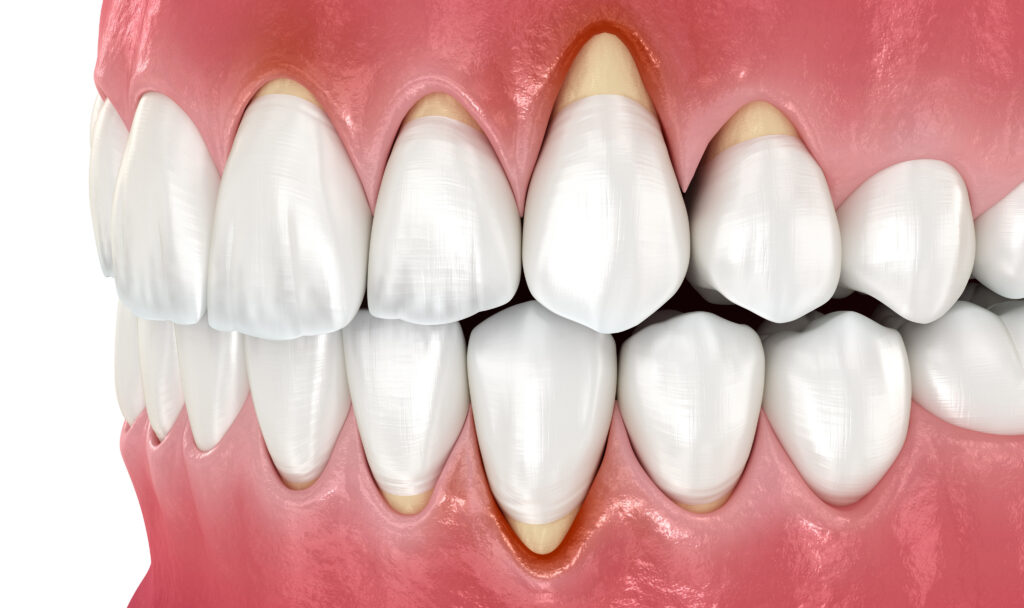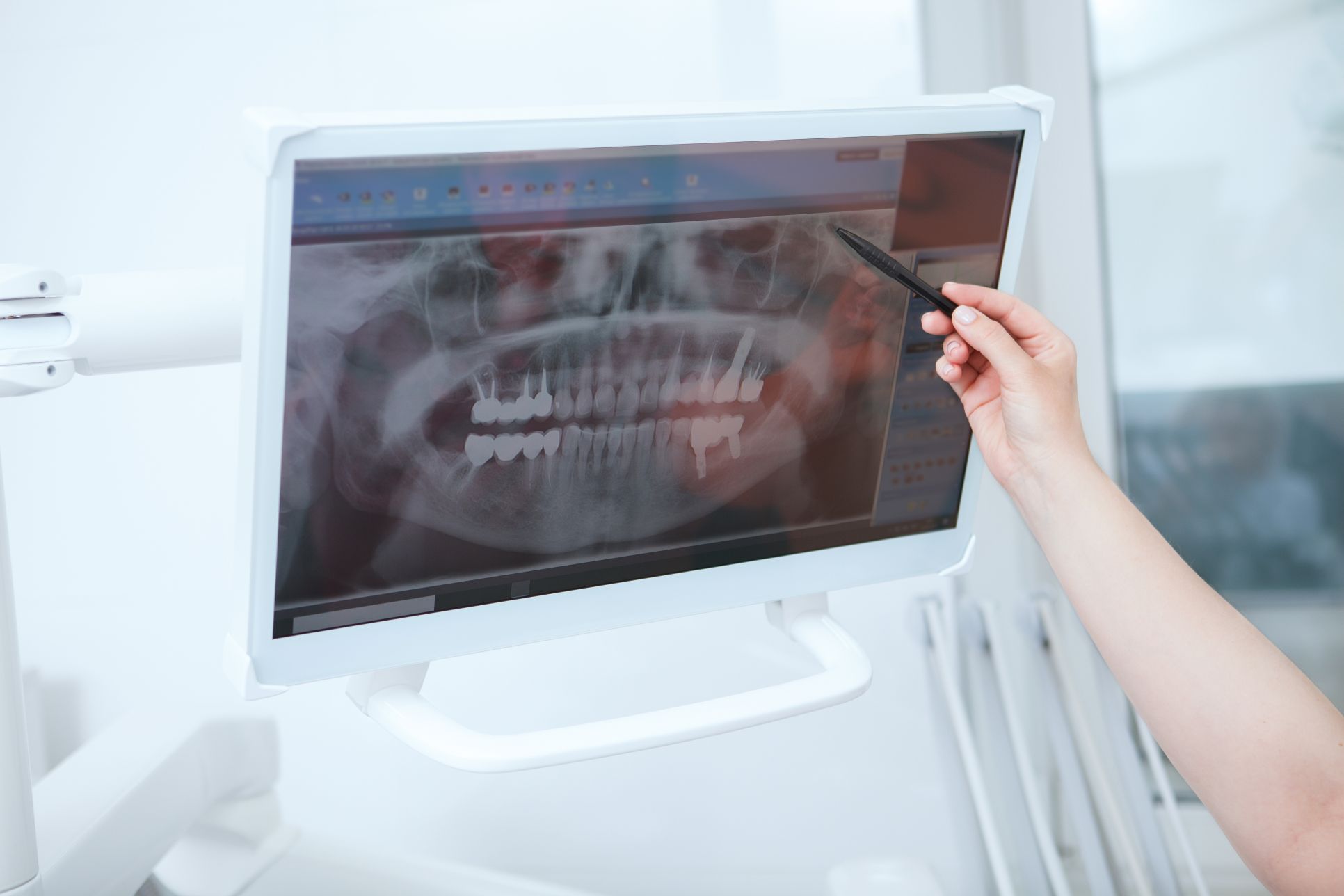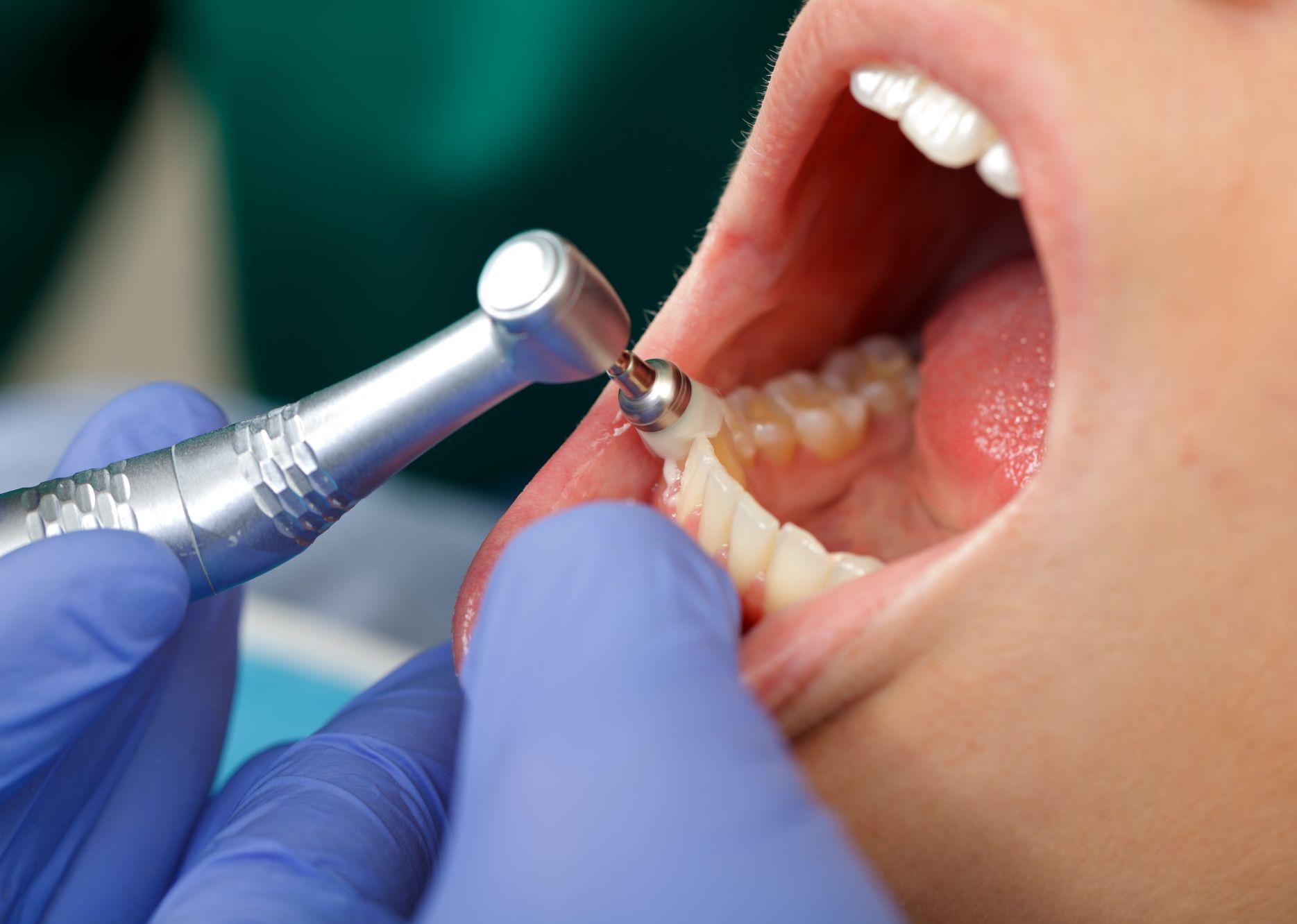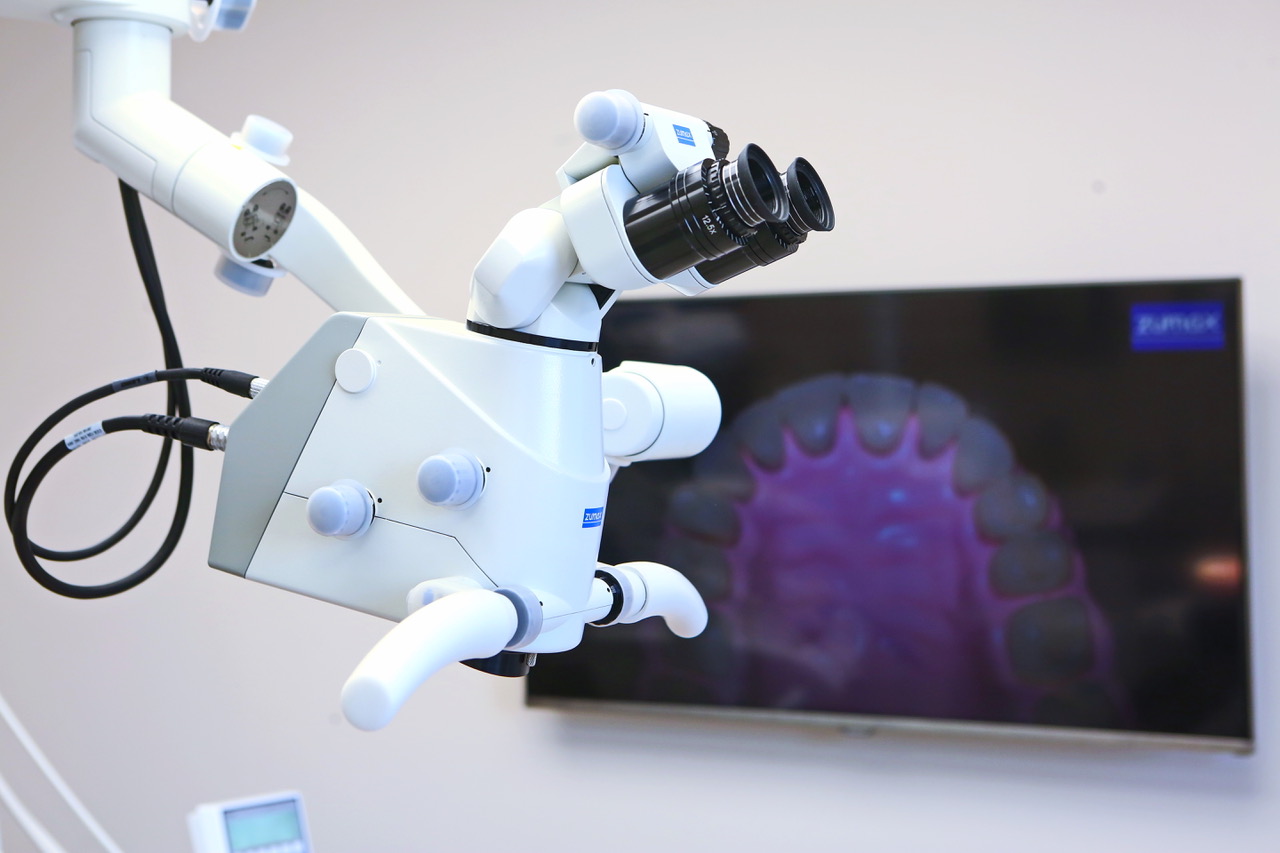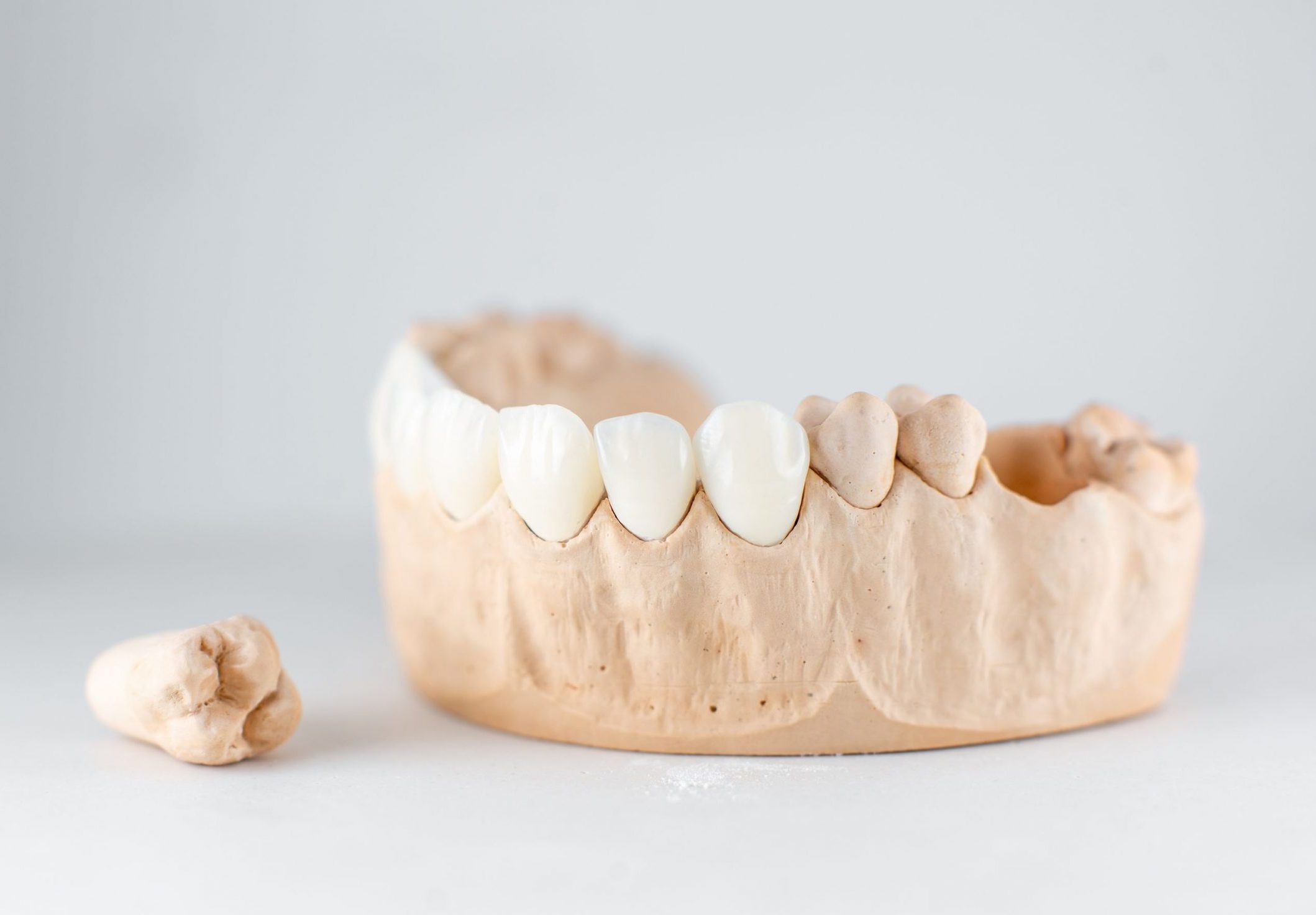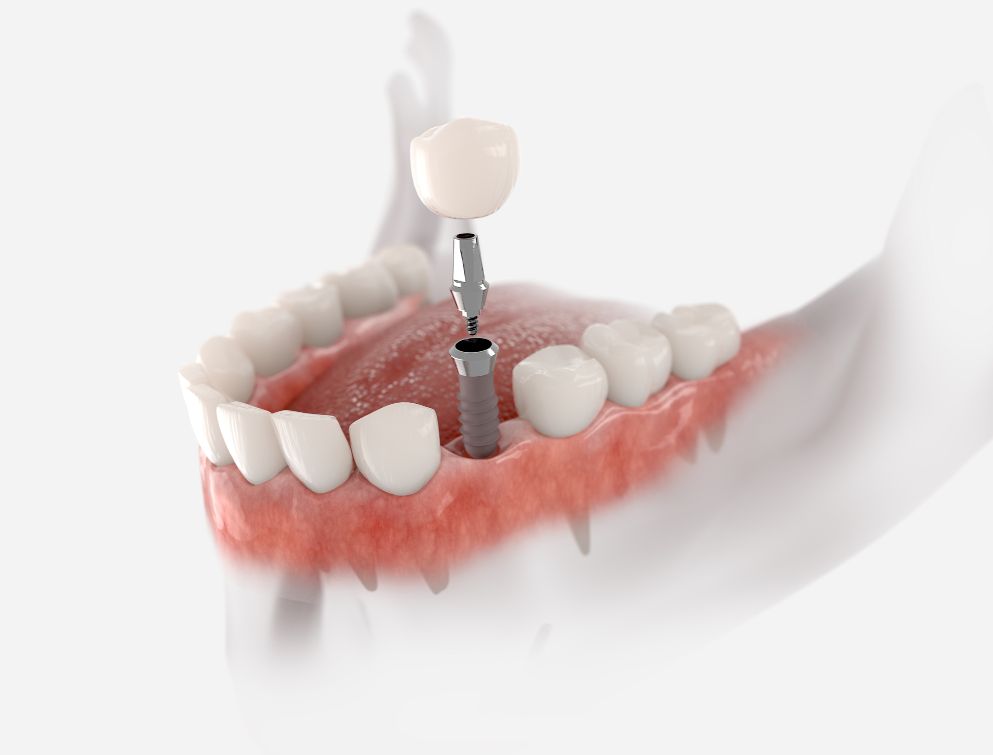A smile is the prettiest thing you can wear on your face
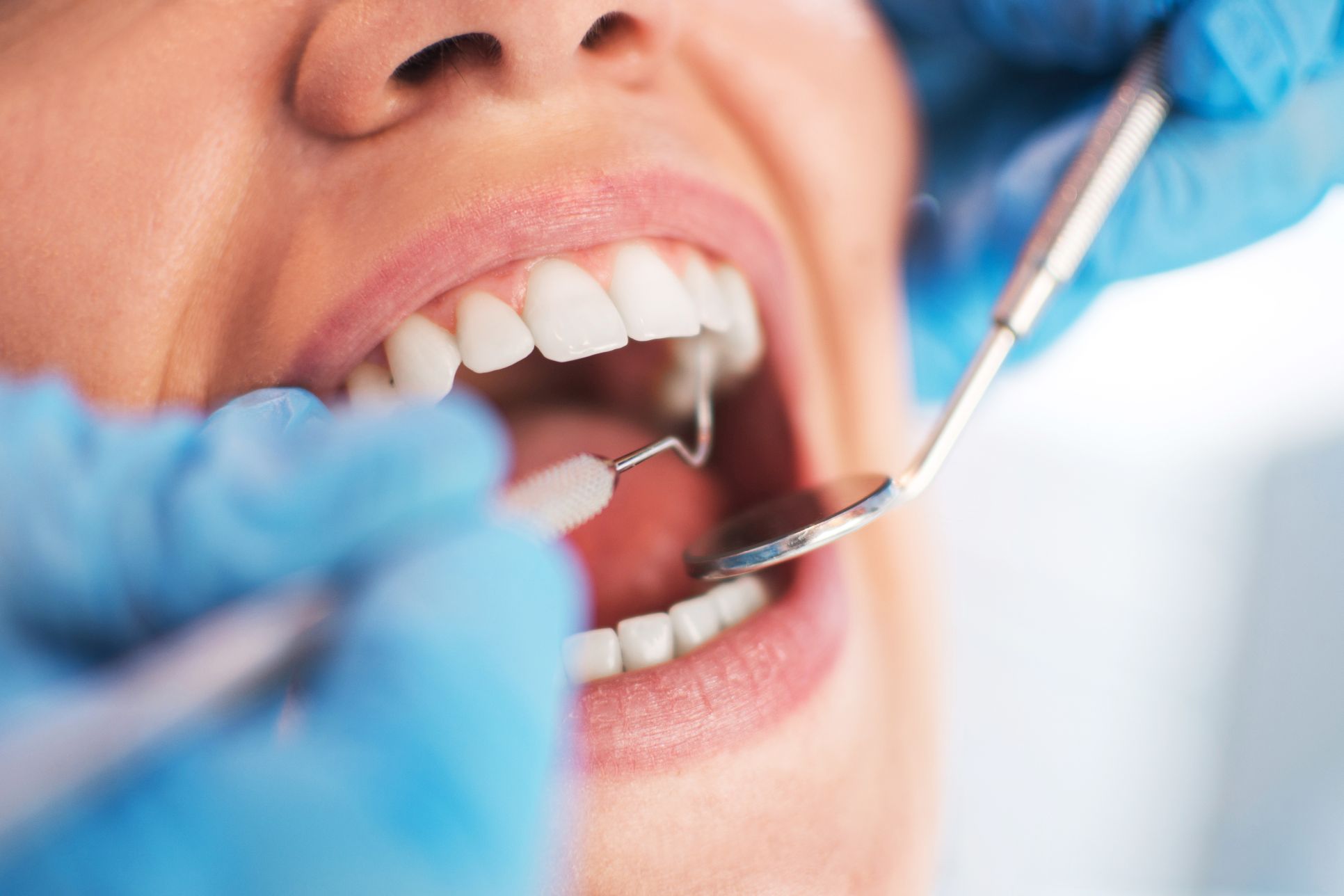

Initial examination
During your first visit to our clinic, you will undergo a painless initial examination. Before entering the clinic, you will fill out a brief medical questionnaire in the waiting room, which includes basic personal information and details about your health status...
At your first visit to our clinic, you will undergo a painless initial examination. Before entering the clinic, you will fill out a brief medical questionnaire in the waiting room, which includes basic personal information and details about your health. With this information, we will be able to determine the optimal treatment plan. An essential part of the initial examination is digital X-rays, including a panoramic OPG X-ray
Panoramic OPG X-ray - providing the doctor with a comprehensive view of the teeth of the upper and lower jaw, surrounding bone structures, and sinuses
Bite-wing X-rays – slúžia na diagnostiku medzizubných kazov a „skrytých kazov“ pod starými výplňami
At the end of the examination, we will take a detailed photographic documentation of your teeth, and based on the examination, we will create a treatment plan for you. Our goal is to ensure that the patient thoroughly understands and is informed about all the steps of the planned treatment.


Dental hygiene and teeth whitening
Dental hygiene is an integral part of dental treatment. Regular visits to the dental hygienist significantly reduce the risk of tooth decay and can prevent or stabilize the development of periodontal disease.
Dental hygiene is an integral part of dental treatment. Regular visits to the dental hygienist significantly reduce the risk of tooth decay and can prevent or stabilize the development of periodontal disease.
Comprehensive dental hygiene includes:
- Removal of dental calculus using ultrasonic and manual instruments
- Removal of plaque and stains using sandblasting - Air-Flow
- Topical fluoride application on teeth
- Dental hygiene instruction - practicing the correct teeth cleaning technique
- Diagnosis of dental caries and periodontal disease
We recommend patients to undergo dental hygiene every 6 months. In the case of patients diagnosed with periodontal disease, every 3 months.
"In our practice, we use the following methods for teeth whitening:
Home-bleaching
Based on impressions of your upper and lower jaw, we will create custom-made clear trays that will fit precisely onto your teeth. You will apply the teeth whitening gel onto the trays at home for several hours during the day or while sleeping. The optimal duration of whitening is 10-14 days. The advantage of this method is the use of low concentrations of the bleaching agent, which lower probability of tooth sensitivity and, in particular, higher color stability. In comparison with other methods, during or after the whitening, some patients may experience increased tooth sensitivity, which is always
temporary and can be alleviated by special gels.
Internal teeth whitening(Walking bleach)
Používame len u zafarbených devitálnych („mŕtvych“) zubov. Nevyhnutnou podmienkou pre takéto bielenie je kvalitné koreňové ošetrenie. Do korunkovej časti zuba umiestníme bieliace činidlo, ktoré po niekoľkých dňoch vymieňame za nové, pokým nedosiahneme požadovaný farebný efekt.
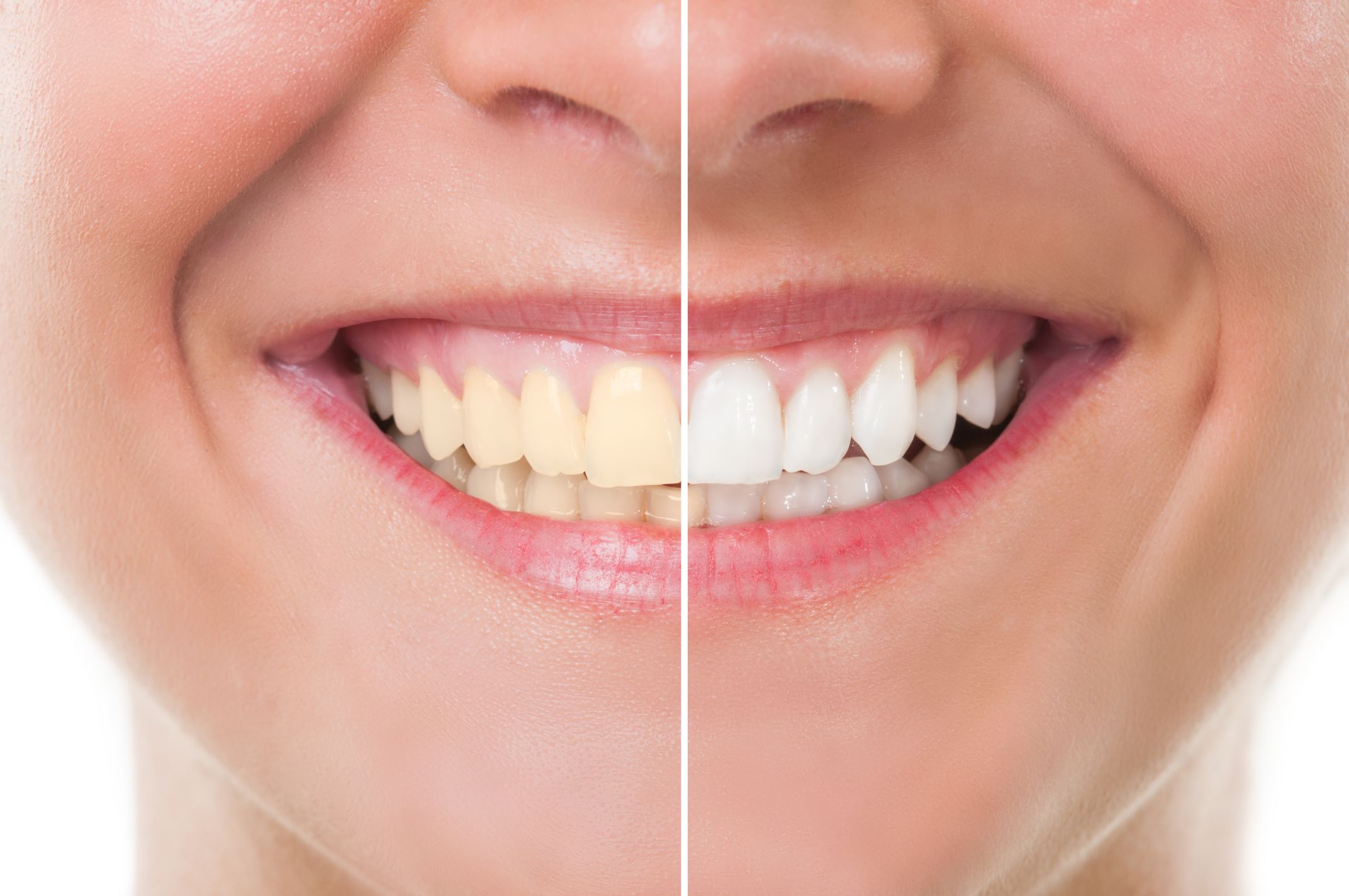
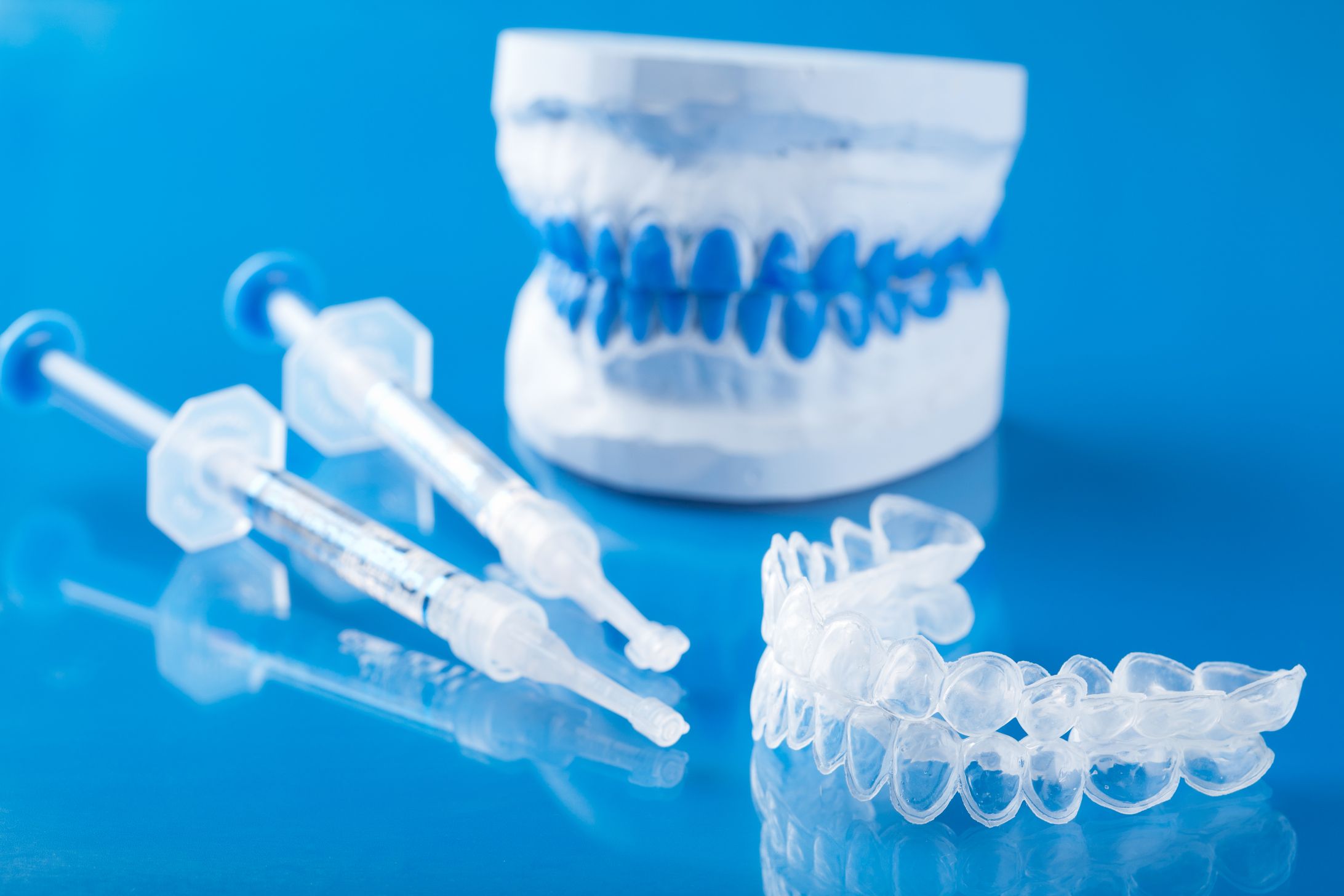


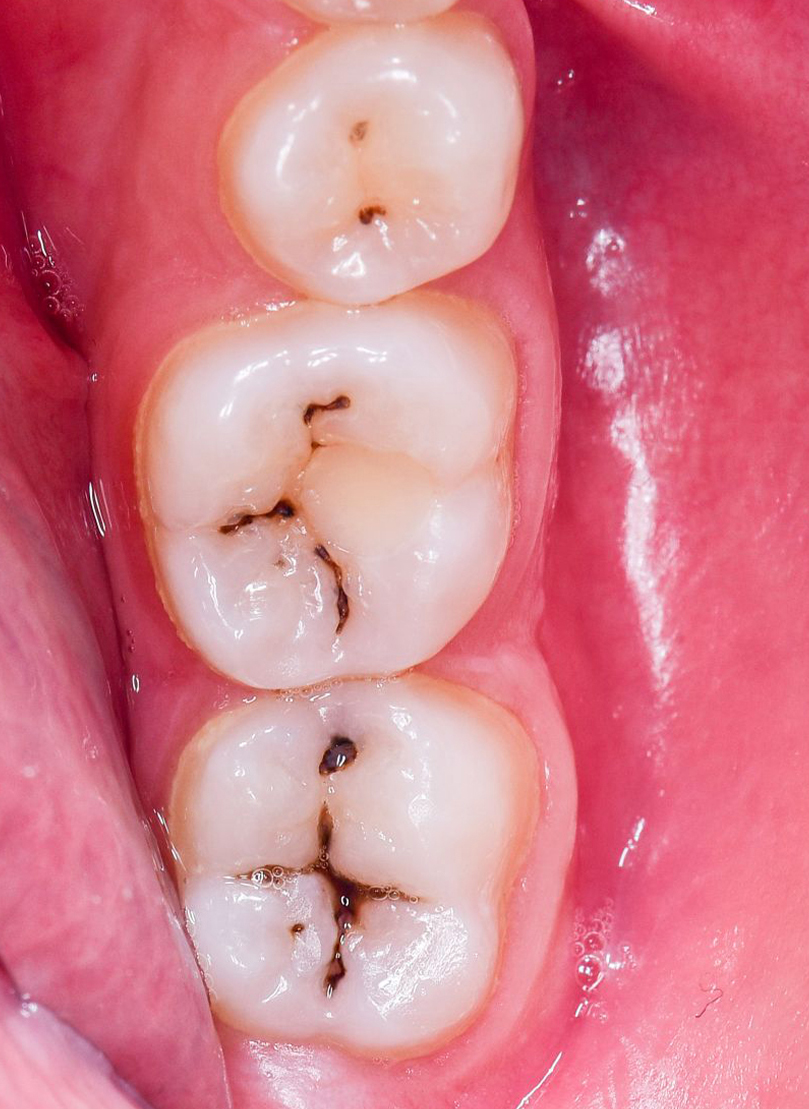

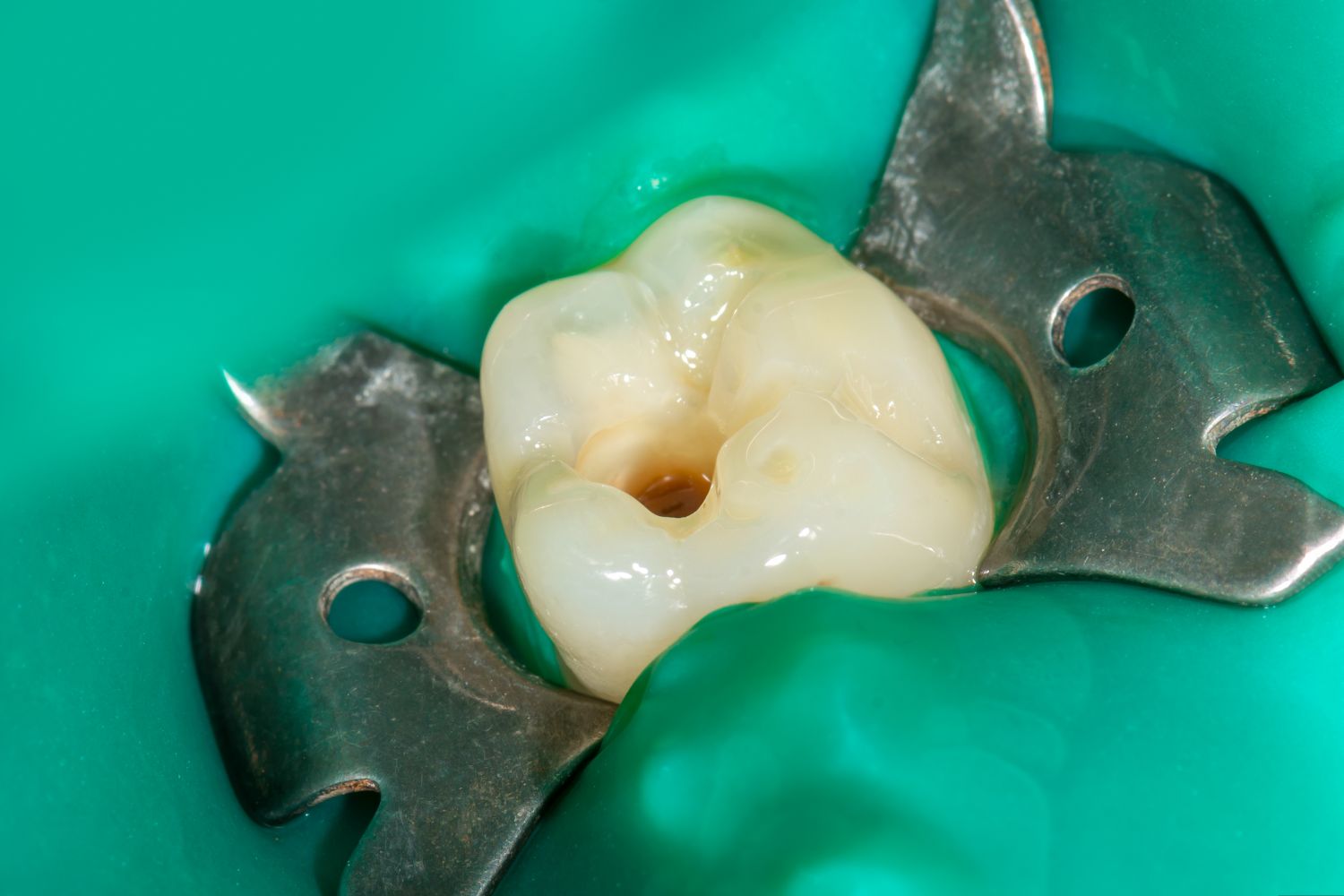
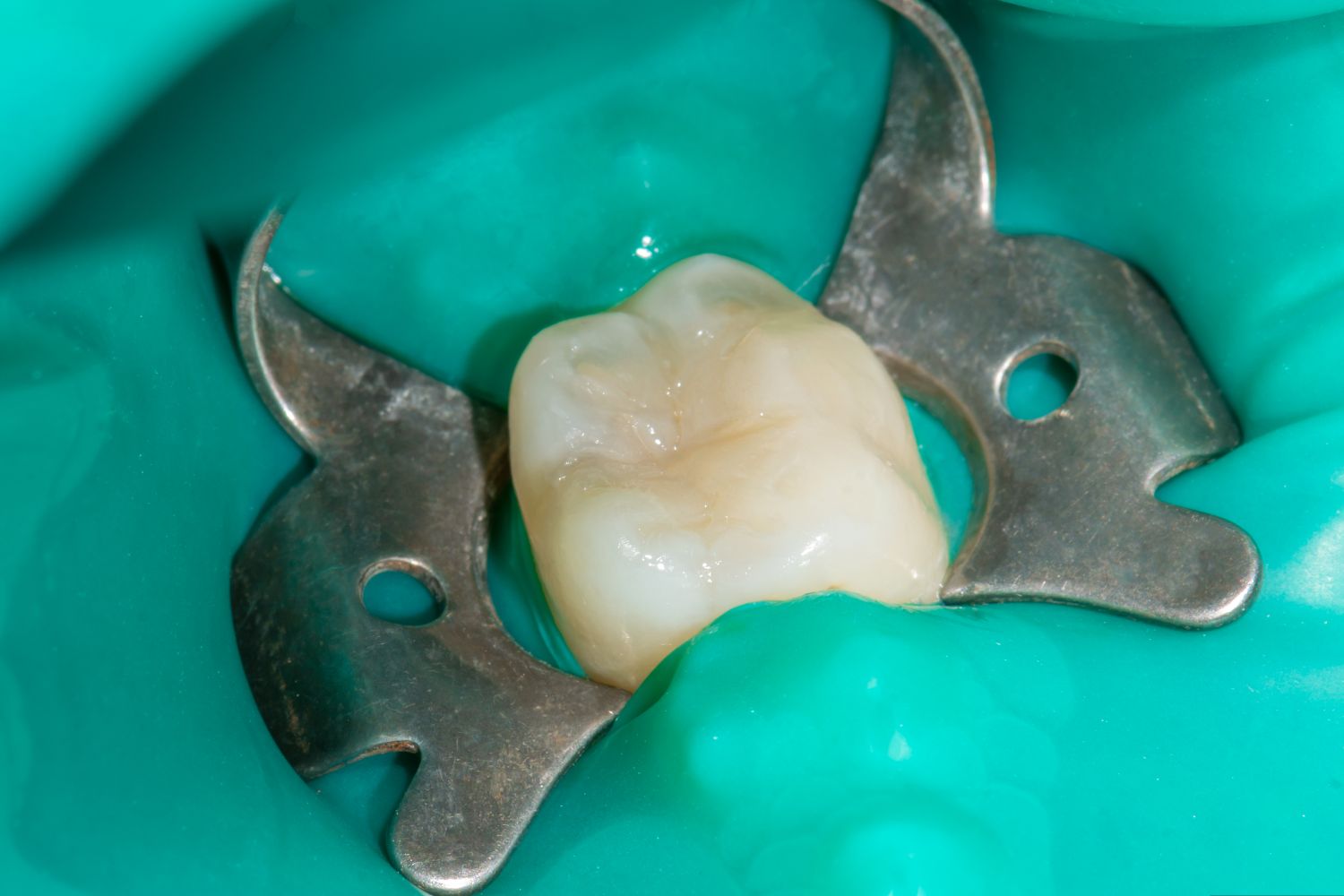

Conservative Dentistry
The goal of conservative dentistry is the treatment of dental caries and the reconstruction of the tooth to its original state.
We use exclusively composite (white) fillings for the reconstruction of teeth affected by dental caries.
The goal of conservative dentistry is the treatment of dental caries and the reconstruction of the tooth to its original state.
For the reconstruction of teeth affected by dental decay, we use exclusively composite (white) fillings. Composite fillings are more gentle on the hard dental tissues compared to amalgam fillings and equally durable when proper work procedures are followed. They do not require extensive drilling into the tooth and with the use of an operating microscope, we can precisely remove only the damaged tissue and preserve the healthy tissue. This saves your tooth and the filling replaces only what is truly necessary.
This way we save your tooth and replace only what is really necessary with the filling.
The result is an exceptionally aesthetic and durable white filling, which naturally replaces lost dental tissue. In case the tooth defect is already too large and it is not possible to make a composite filling directly, it will be necessary to treat the tooth prosthetically and make an indirect replacement (inlay/onlay).





Prosthetics
If the entire coronal part of a tooth is lost due to decay or injury, the tooth may not necessarily need to be treated with a crown. An alternative is to make indirect fillings, so-called inlays or onlays/overlays. These are fillings that replace a large part or the entire missing crown of the original tooth...
Inlay/Onlay/Overlay
If due to decay or injury, the entire crown portion of a tooth is lost, the tooth may not need to be treated with a crown. An alternative is the fabrication of indirect fillings, called inlays, onlays, or overlays. These fillings replace a large portion or the entire missing crown of the original tooth. They are made in a dental laboratory on models of the patient's teeth. Inlays and overlays represent the most modern and minimally invasive form of tooth reconstruction to its original state.
They represent the most modern and minimally invasive form of tooth reconstruction to its original state. This work is highly aesthetic, preserves the remaining tooth tissue and does not exceed the cost of making a standard crown. The vast majority of endodontically treated teeth are treated with indirect overlays because using a common filling during treatment can lead to tooth breakage and possible extraction. Inlays and overlays can be made of either composite or ceramic. They are often used as a replacement for old and extensive amalgam fillings.
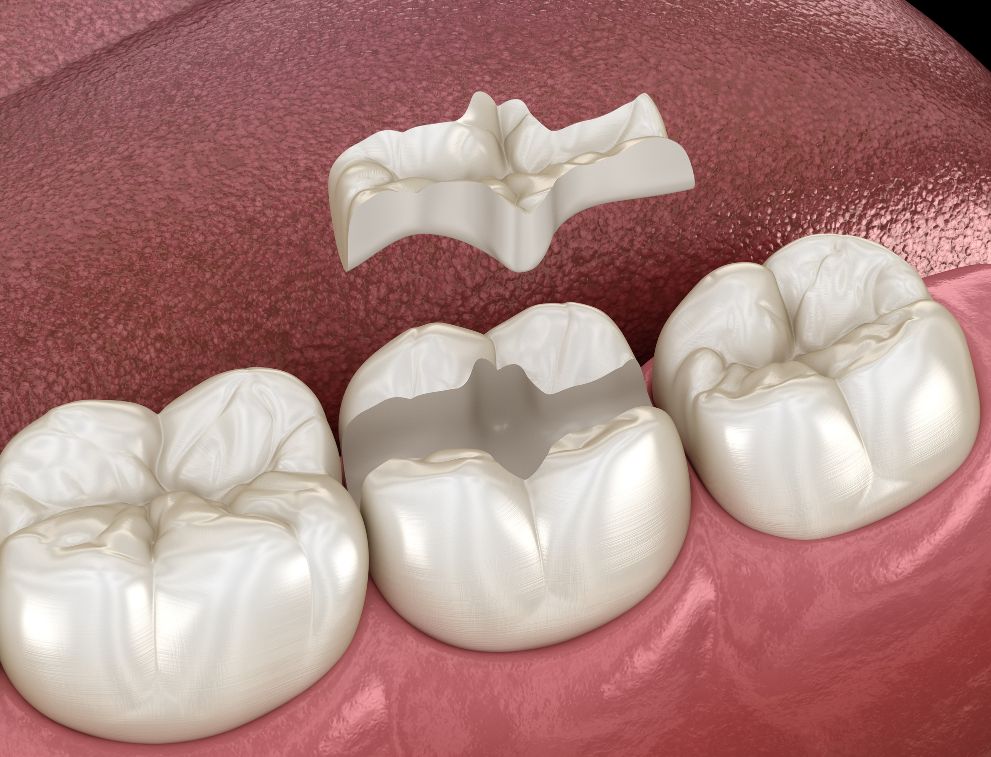
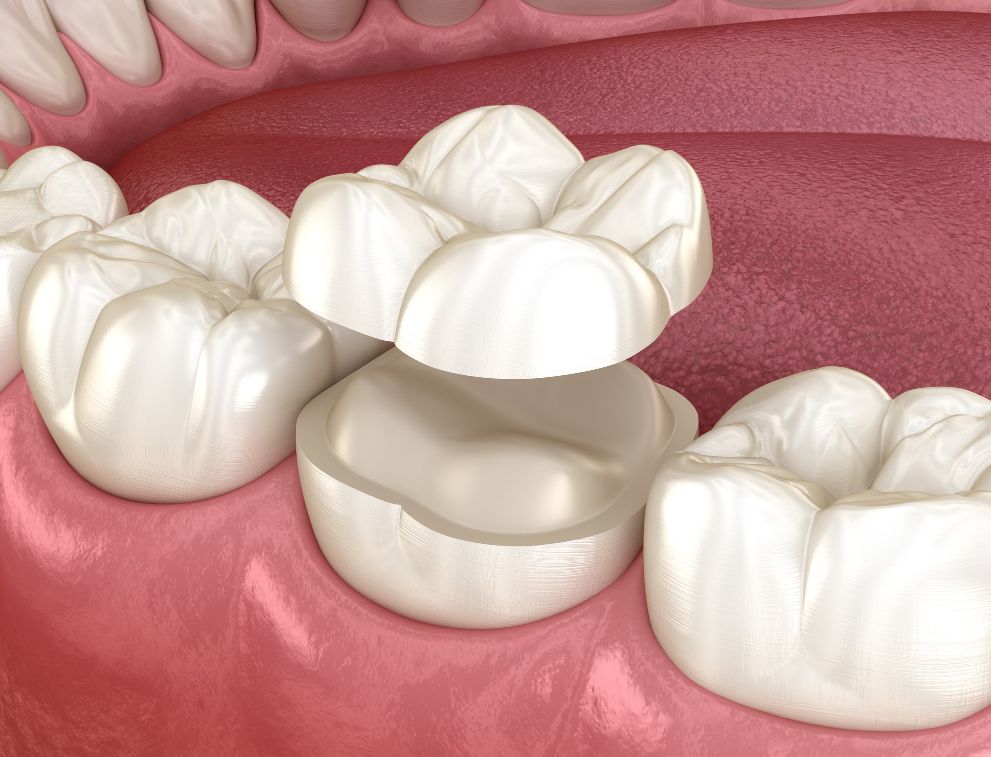
Ceramic / composite veneer
Using veneers, we are able to correct the shape, size, and color of the front teeth. Veneers represent a minimally invasive intervention into the tooth structure. Only the front side of the tooth is ground (0.5mm), and the veneer is then applied to the tooth in the form of a thin shell made of ceramic or composite material.
Сrowns
A dental crown replaces a larger loss of a tooth due to decay or injury, while the root of the tooth is still preserved. Crowns are used in cases where the loss of hard tooth tissue is so extensive that it is not possible to create any other prosthetic solution, and also in cases where a crown has already been made on the tooth in the past. After grinding the tooth and taking impressions, temporary crowns are made in the dental office, so you never leave without a tooth. In the second appointment, the temporary crowns are then removed, and the definitive crowns are placed and fixed.
Metal-ceramic crowns
They are composed of an inner metal shell, on which an outer ceramic layer (aesthetic) is applied, making the metal cap invisible.
All-ceramic crowns (metal-free)
Thanks to their exceptional aesthetic properties, they are especially suitable for reconstructions of front teeth. Compared to metal-ceramic crowns, they have higher light transmission and optical properties similar to natural teeth, thus meeting all the requirements for aesthetic treatment. With the development of modern technologies and the evolution of ceramic materials, all-ceramic crowns have also been used in posterior areas of the mouth.
Вridge
In case of loss of one or more teeth, one of the possible prosthetic procedures is the fabrication of a bridge. In this case, the teeth adjacent to the gap (missing tooth) must be ground down. After grinding, an impression of the teeth is made, based on which our dental technicians will create the final work. After the impression, we will make a temporary bridge for you on the ground-down teeth so that you will not leave our practice without teeth.
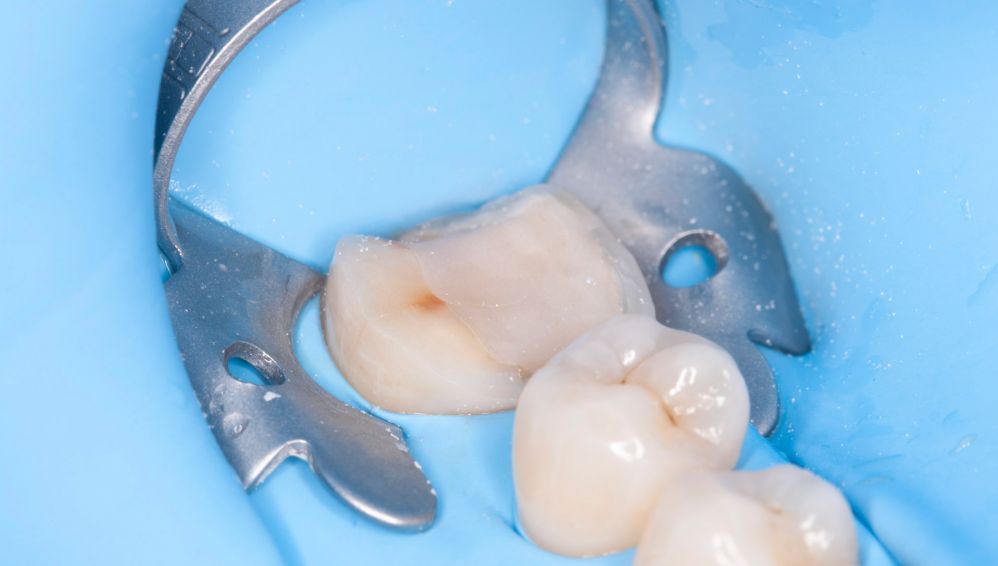
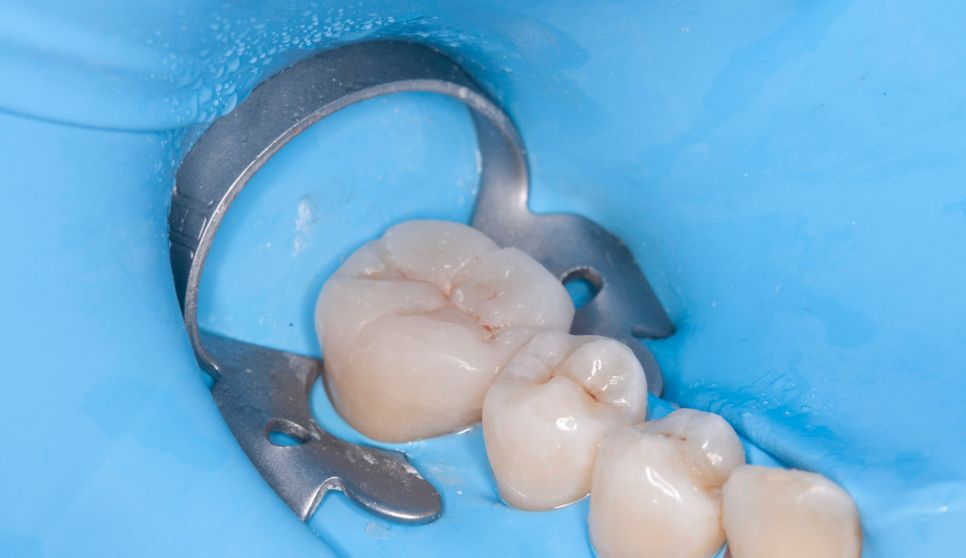
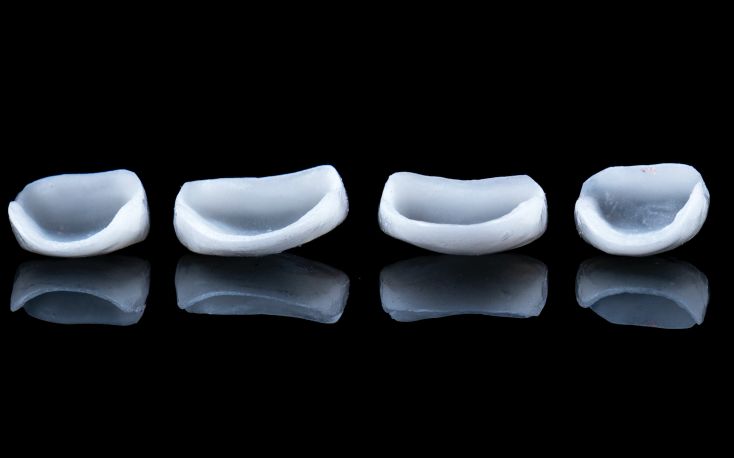
Removable replacement
The simplest form of a removable replacement is a resin prosthesis that replaces all missing teeth in the jaw or a partially removable replacement that replaces only a few missing teeth.
This type of replacement is somewhat sensitive because the comfort of wearing such a replacement is often not as good as with a fixed solution. The prosthesis holds only thanks to its adherence to the gums and palate, so in case of insufficient bone, the dental prosthesis may poorly hold in the mouth, which is concerning for some patients. However, with the development of dental implantology, several treatment options are currently available. One option is a total replacement of all teeth with implants in case of suitable bone conditions, or the introduction of at least two implants and attachment of the entire removable prosthesis using snap-on attachments.
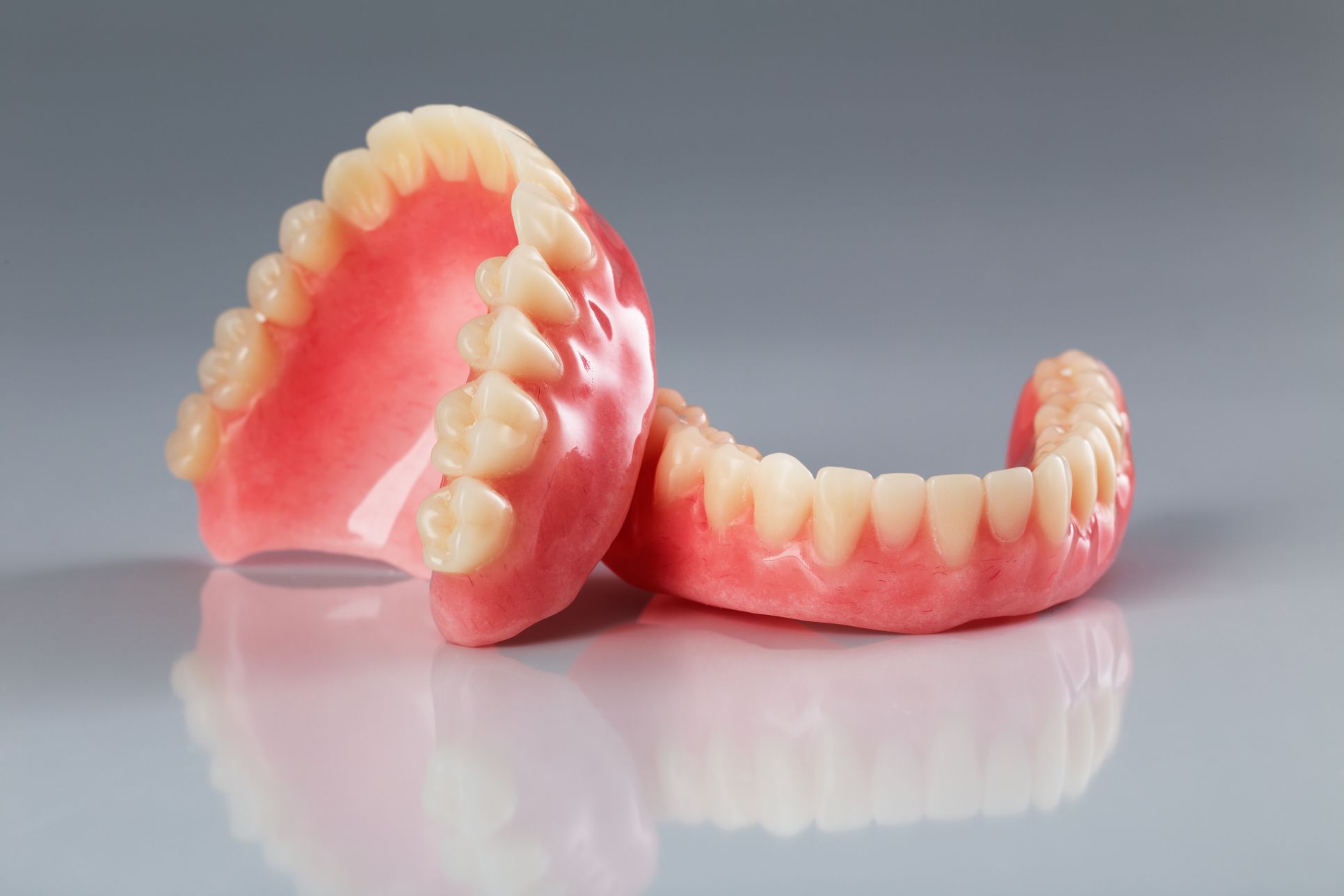





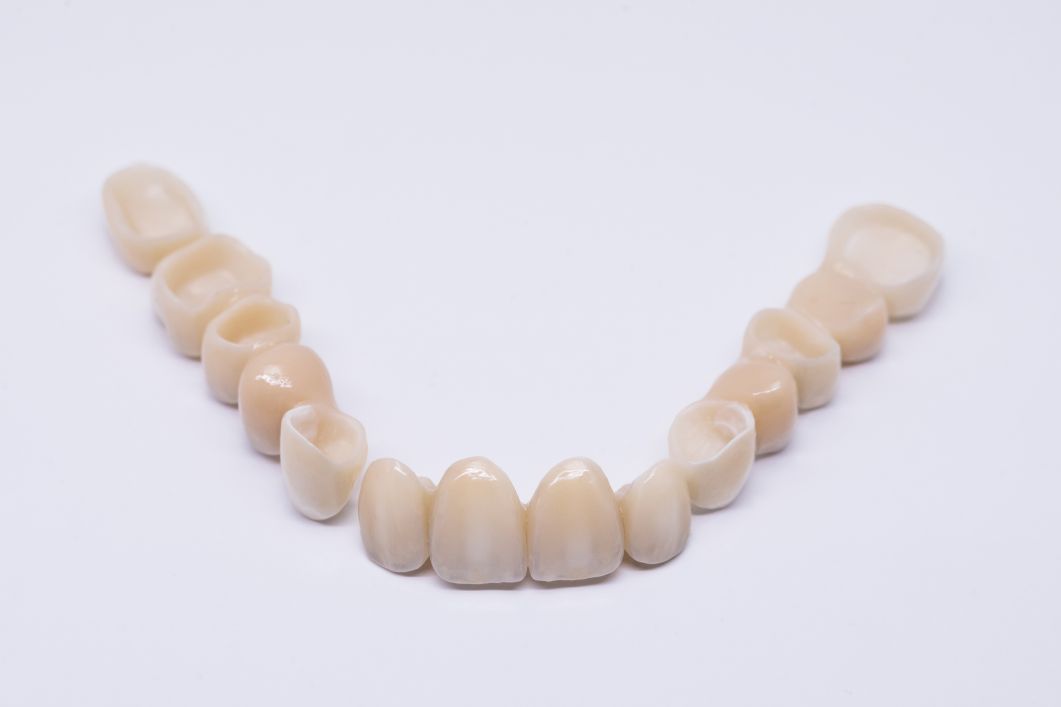

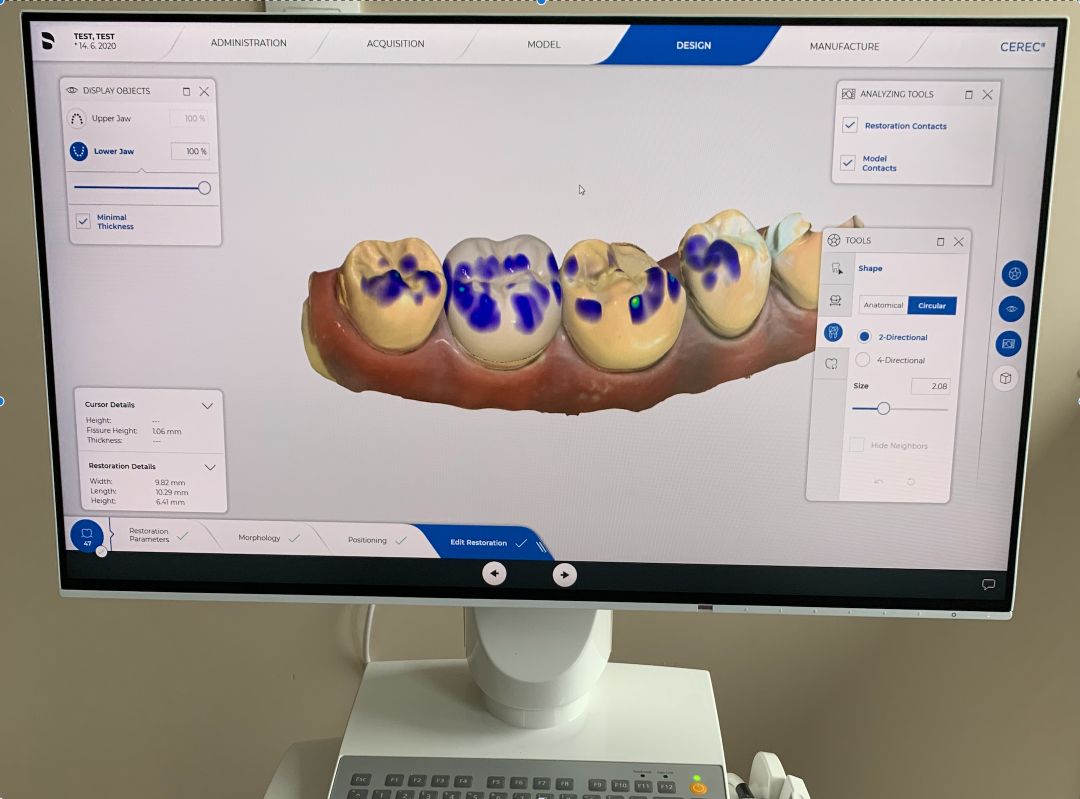
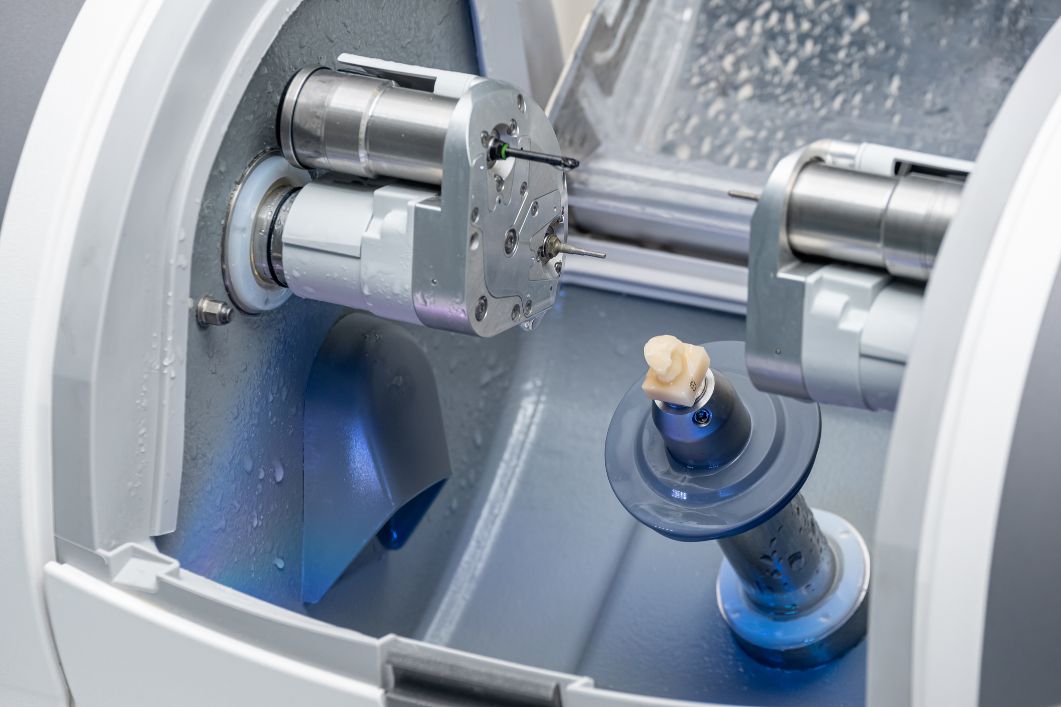
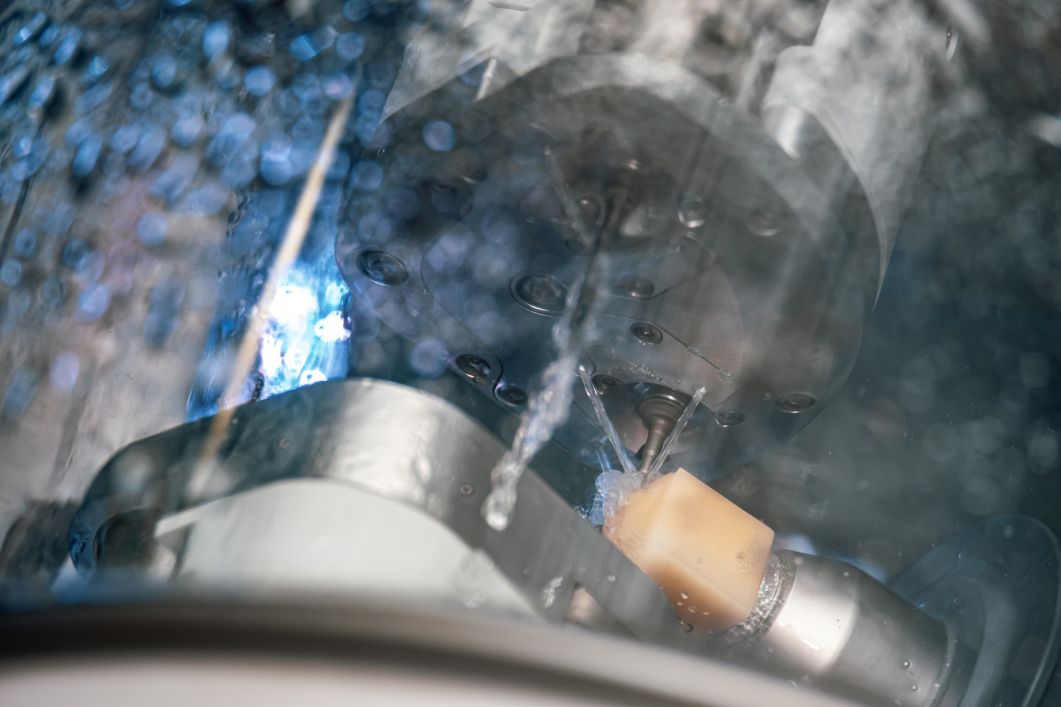
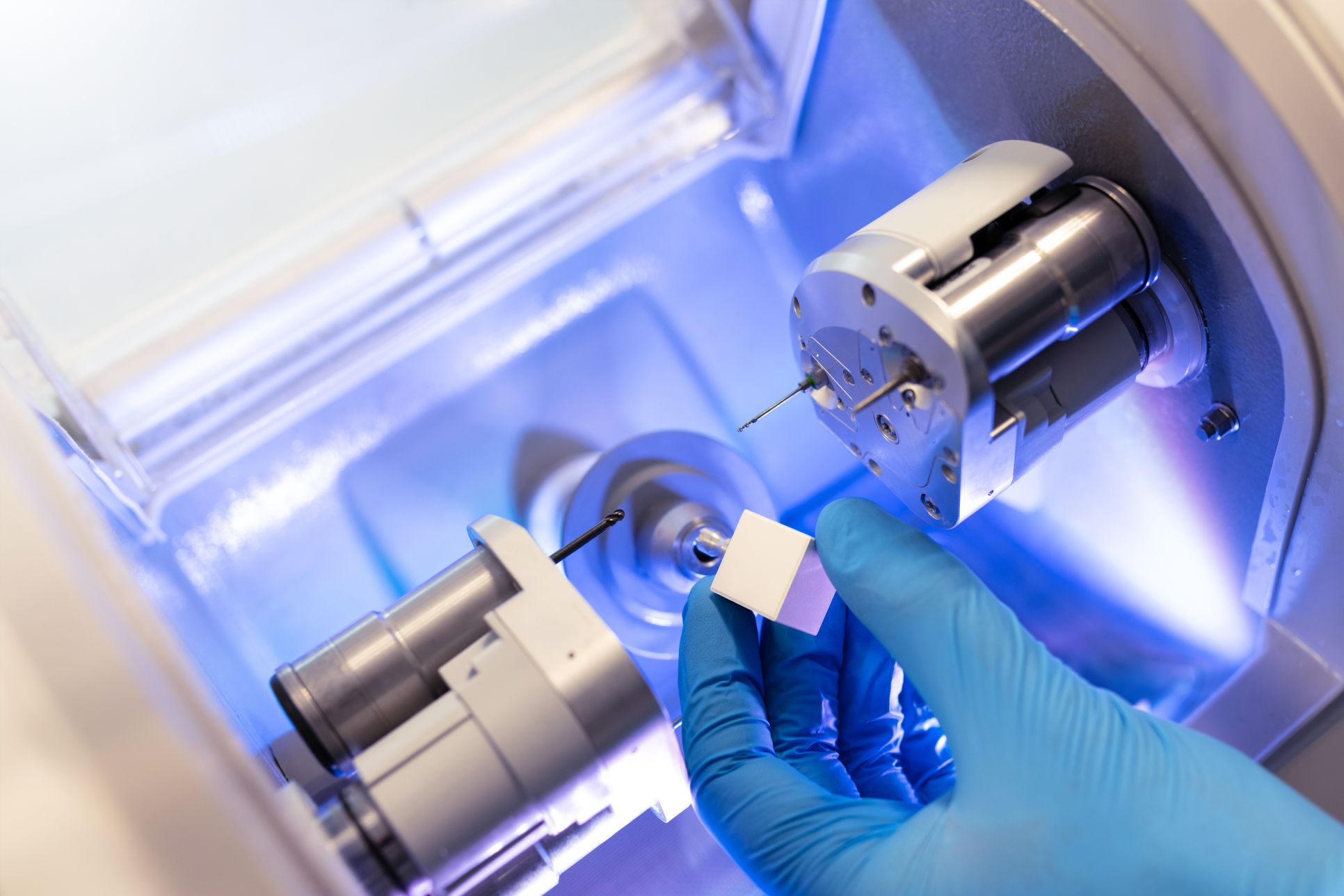

CEREC
The CEREC System (CAD-CAM) allows us to make most simple dental restorations in a single visit, saving the patient time and eliminating the need for multiple visits to their dentist. Thanks to digital scanning, the need for dental impressions is also eliminated, which many patients will certainly appreciate.
The CEREC System (CAD-CAM) allows us to make most simple dental restorations in a single visit, saving the patient time and eliminating the need for multiple visits to their dentist. Thanks to digital scanning, the need for dental impressions is also eliminated, which many patients will certainly appreciate.
FABRICATION PROCESS CEREC
- After grinding the tooth to the desired shape, we will create a digital impression using a camera We will scan the oral situation using a camera and then create a 3D model on a computer. Using this model, we will design a new tooth reconstruction (crown, onlay, inlay).
- In the next step, a milling unit will create the reconstruction we designed from a ceramic block.
- After milling, the replacement will be tested in the patient's mouth, polished, and placed into a ceramic oven to enhance its color properties.
- The final step is to bond the replacement, which with its aesthetic and mechanical properties, fully replaces the natural tooth.


The entire process, from scanning to milling the replacement, takes an average of 20-30 minutes.
Вenefits
- no impressions for minor oral reconstructions
- speed of completion (in one visit)
- mechanical resistance and long lifespan in the patient's mouth
- natural appearance (aesthetics)


Dental Implantology
Implantology is a modern dental specialty that has greatly influenced the possibility of restoring tooth loss. With dental implants, we are able to replace missing teeth to any extent, from the loss of a single tooth to the complete reconstruction of edentulous areas of the dentition.
Implantology is a modern branch of dentistry that has significantly influenced the ability to restore tooth loss. With dental implants, we are able to replace missing teeth to any extent, from a single tooth to a complete reconstruction of edentulous areas of the dentition. The implant is made in the form of a titanium cylinder in the shape of a screw with different sizes and diameters. It is inserted directly into the bone as a replacement for the missing root. This method is the most physiologically natural and least invasive to neighboring healthy teeth, which we do not have to conventionally grind down and create a bridge for.
The entire implantation process is painless under local anesthesia, and the patient does not experience any sharp pain. After the implant has healed in the bone (2-3 months), the implant can be loaded with a definitive prosthetic replacement. In the case of aesthetically exposed areas, temporary crowns or bridges can be made after the implant is inserted.
Patients generally have concerns about their body accepting the implant. With the exception of patients with severe diabetes, autoimmune diseases, heavy smokers, and those undergoing oncoradio/chemo therapy, these concerns are actually unnecessary. Worldwide statistics report implant success rates between 96-99%, which of course depends on the type of implant used, subsequent replacement, as well as the patient's hygiene habits. In our practice, we use high-quality Swiss Straumann brand implants
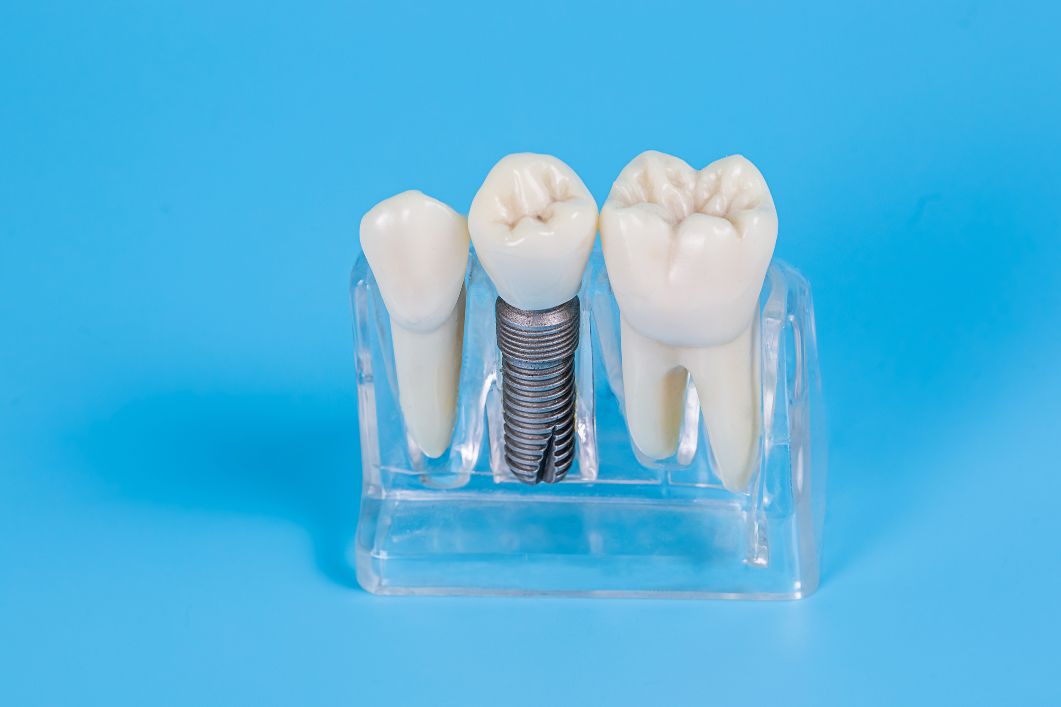
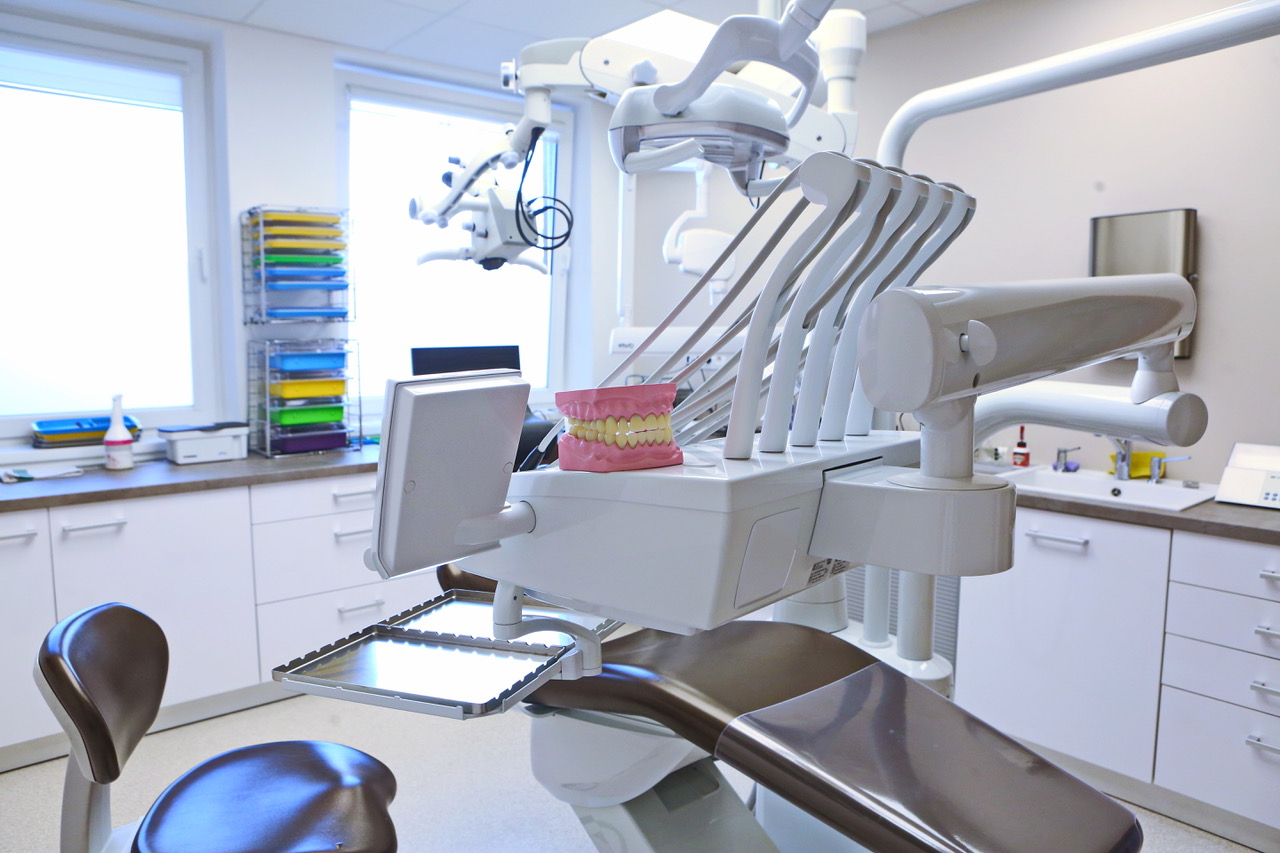


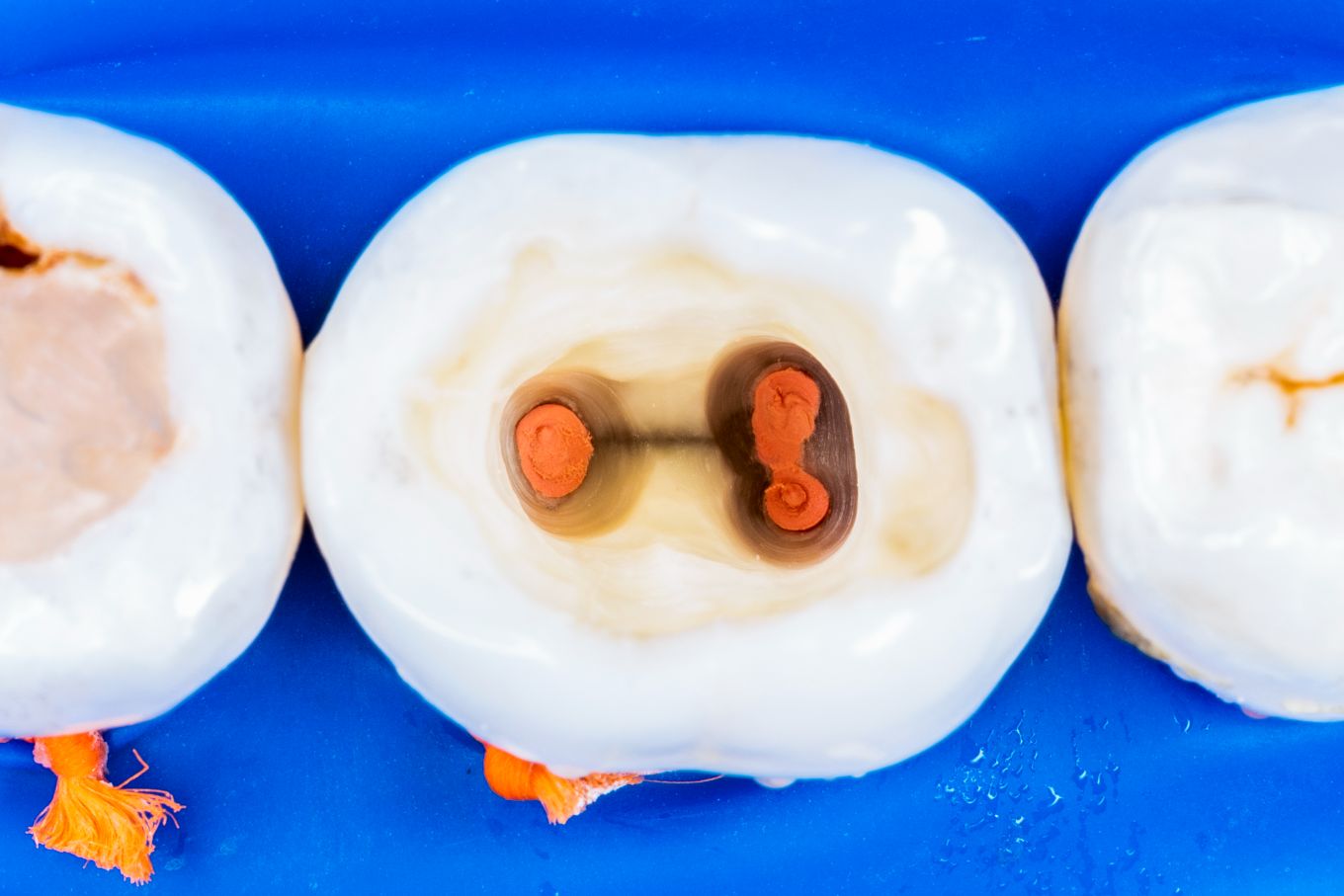
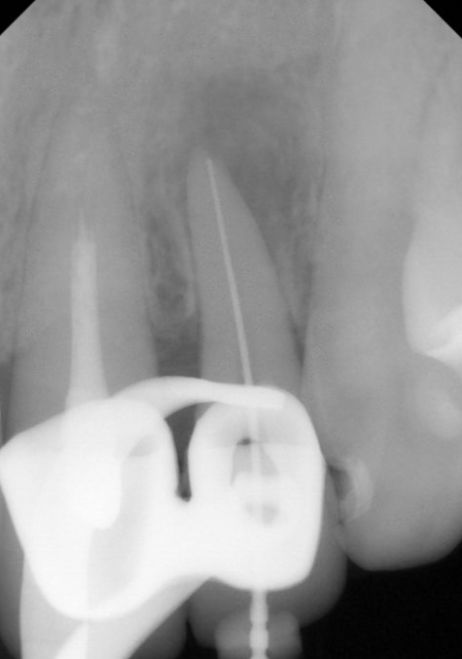


Endodontics - root canal treatment.
Endodontic treatment is necessary for teeth in which bacteria, usually due to deep caries, penetrate the dental pulp, causing infection or necrosis of the tooth. This infection is manifested by pains of a different nature and intensity.
Endodontic treatment is necessary for teeth in which bacteria, usually due to deep caries, penetrate the dental pulp, causing infection or necrosis of the tooth. This infection is manifested by pains of a different nature and intensity.
The procedure itself involves thorough mechanical and chemical cleaning of the root canals, followed by their hermetic 3D filling, which prevents bacteria from penetrating the surrounding bone and causing inflammation.
Endodontic treatment is among the most demanding treatments in dentistry in terms of time, technique, and therefore also cost. Thanks to the surgical microscope, we are able to treat the canals under significant magnification and with maximum precision. After endodontic treatment, in most cases it is necessary to reconstruct the tooth using indirect replacements (onlay/overlay) or a crown, because there is an increased risk of root breakage during treatment with a classic filling!



Periodontology
Parodontológia je odvetvie stomatológie, ktoré sa zaoberá prevenciou, diagnostikou a liečbou problémov spojených s podporným aparátom zuba, nazývaným parodont. Príznaky tohto ochorenia môžu zahŕňať krvácanie, opuchnutie a ústup ďasien, obnažené korene zubov, prítomnosť zubného kameňa pod úrovňou ďasien, vytváranie parodontálnych vreckov, pohyblivosť zubov a zápach z úst.
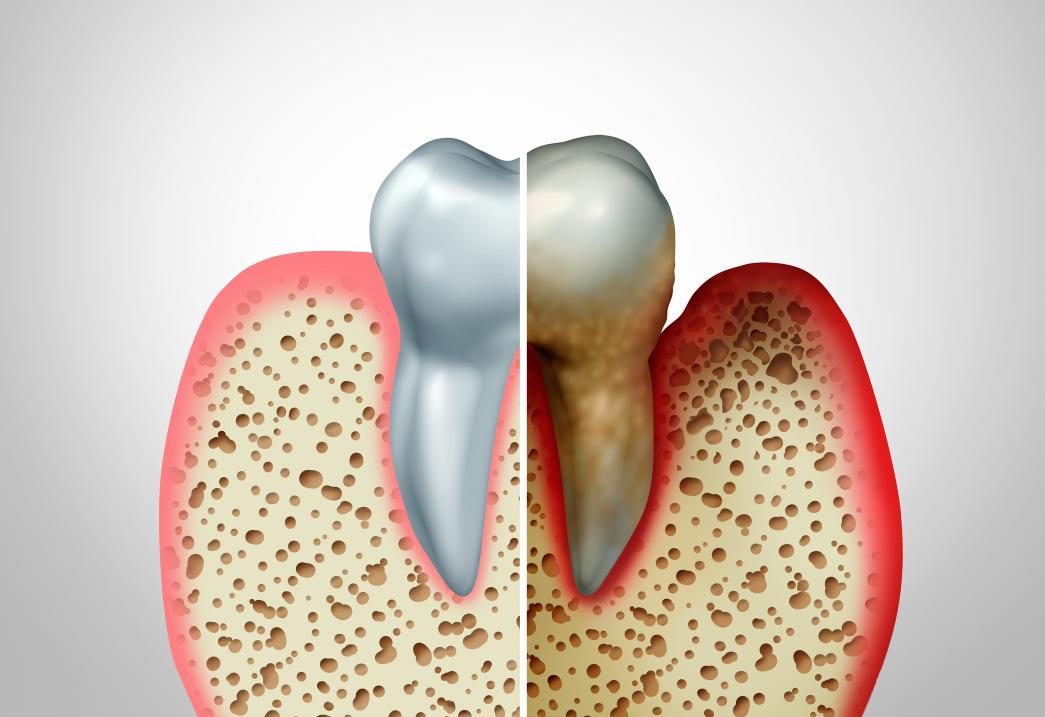
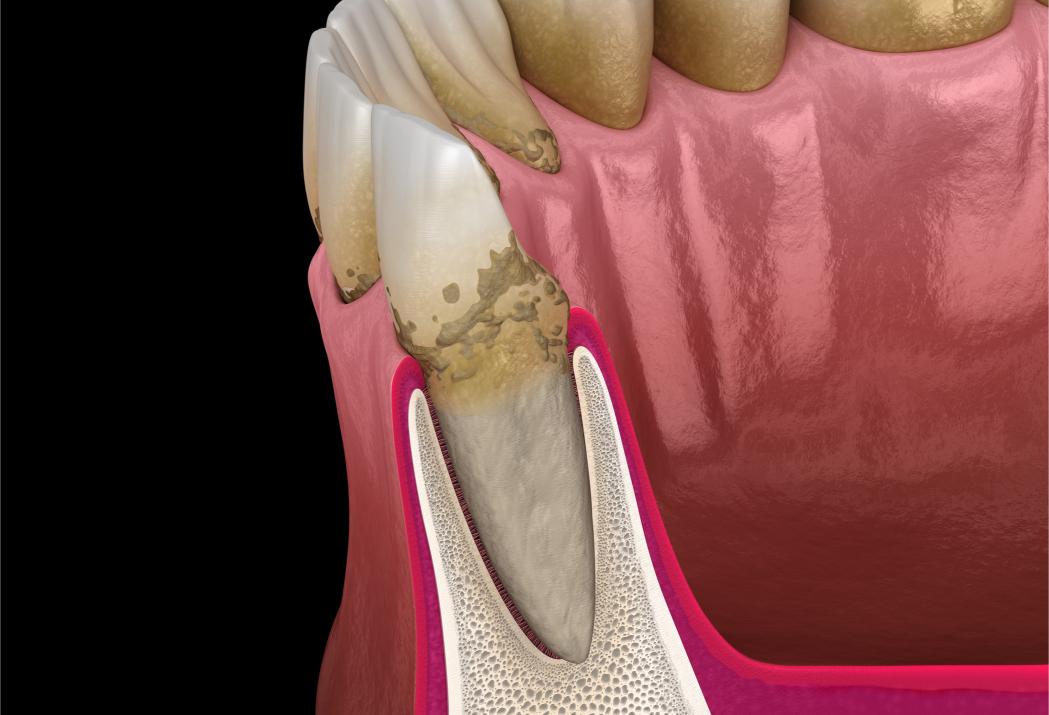
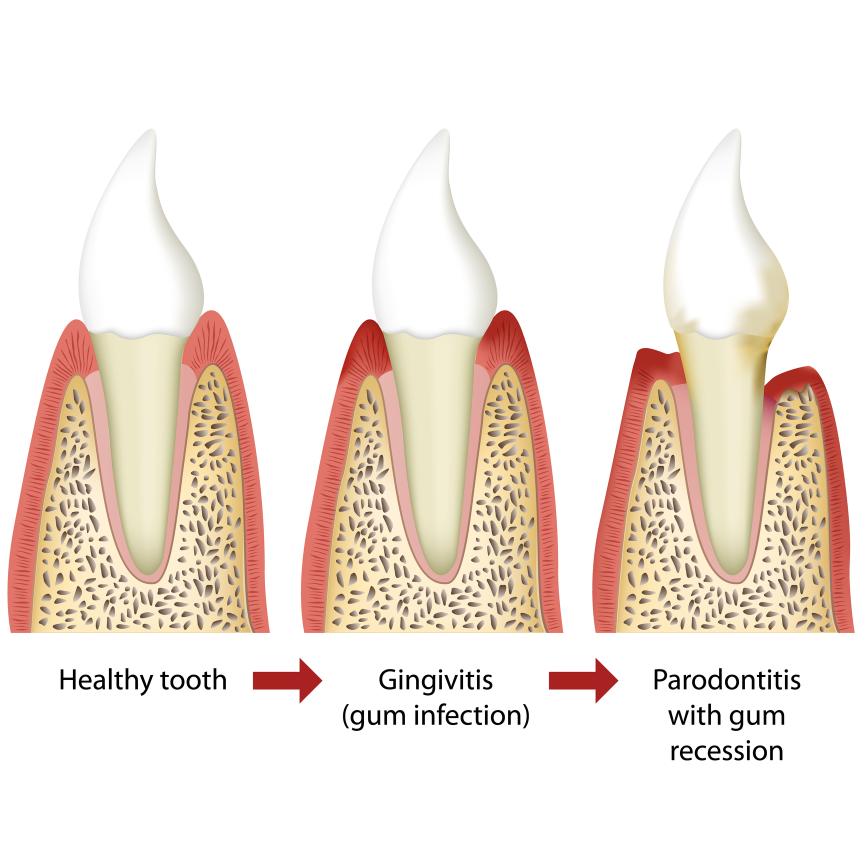
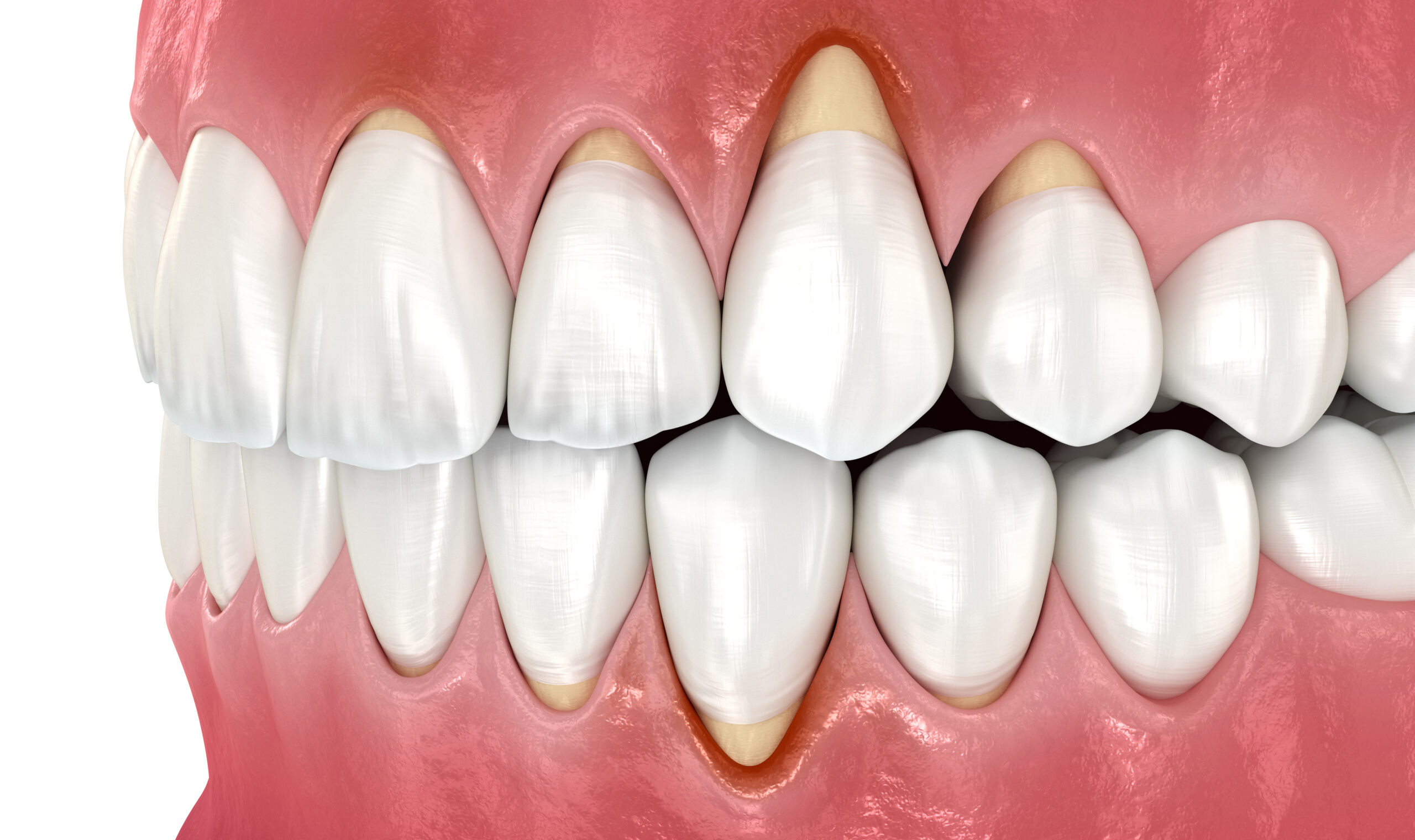
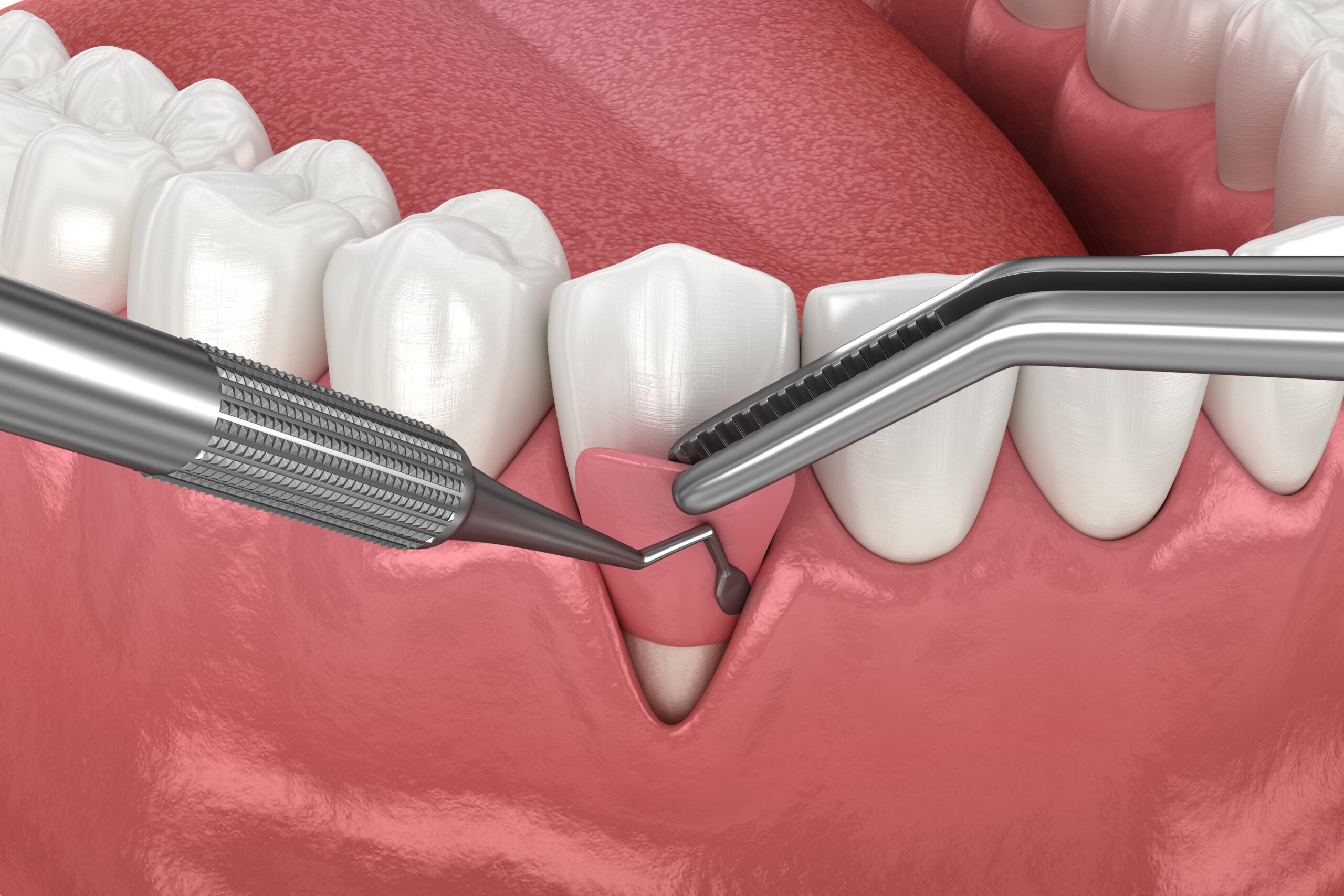
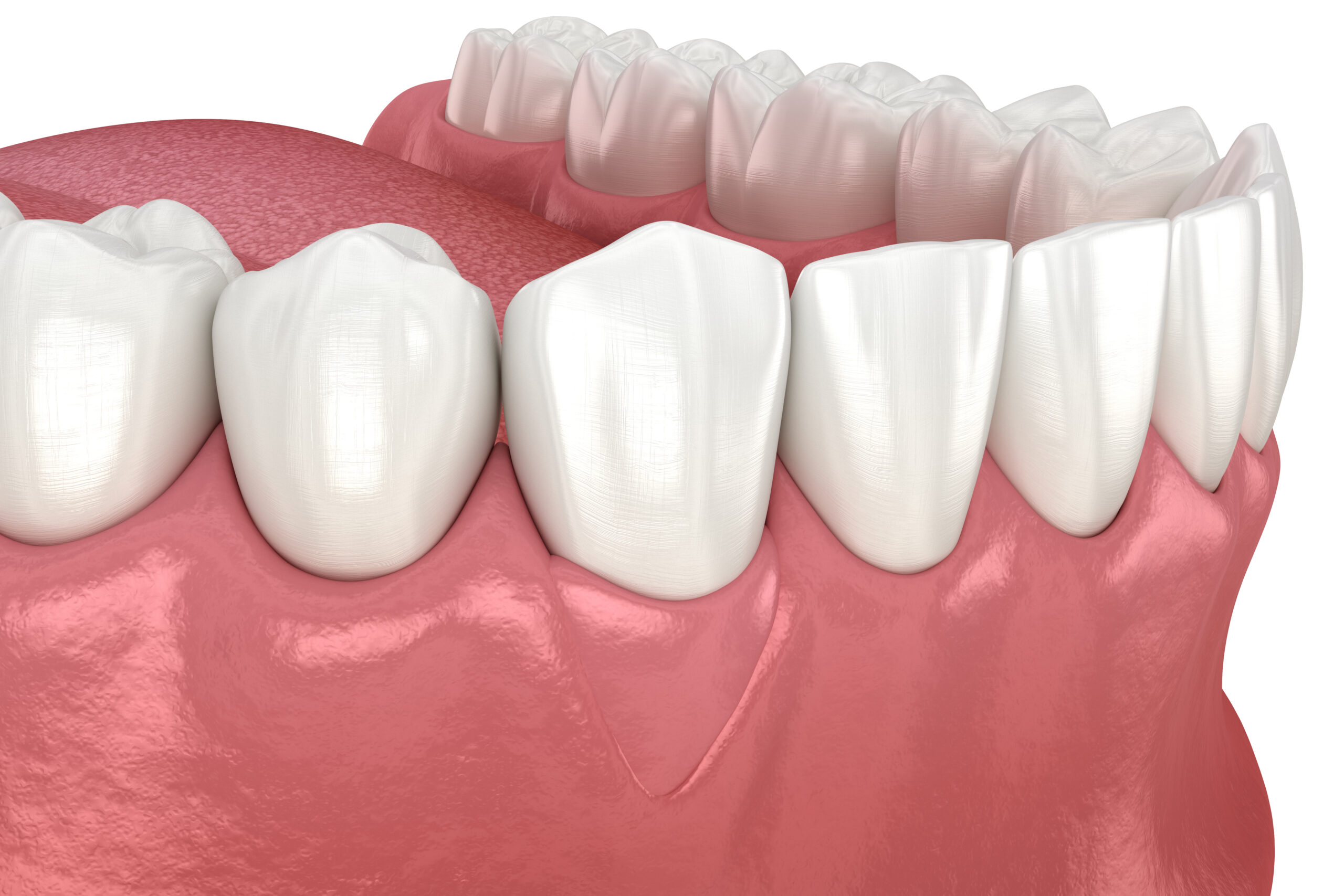

Mukogingiválna chirurgia
Trápia vás obnažené krčky zubov? Obnažené krčky môžu spôsobovať jednak nepríjemnú bolesť pri studených nápojoch, alebo zmrzline, alebo môžu zhoršovať estetiku Vášho úsmevu.
Liečba obnažených zubných krčkov môže byť konzervatívna, s použitím kompozitnej výplne. „Krčkové plomby“ však v estetickej oblasti narušujú harmóniu medzi ďasnom a zubami a opticky zuby predlžujú.
Chirurgická liečba obnažených krčkov je čisto biologické riešenie problému, ktoré zachováva estetiku a zbaví Vás aj nepríjemných bolestivých pocitov.
Trápia vás obnažené krčky zubov? Obnažené krčky môžu spôsobovať jednak nepríjemnú bolesť pri studených nápojoch, alebo zmrzline, alebo môžu zhoršovať estetiku Vášho úsmevu.
Liečba obnažených zubných krčkov môže byť konzervatívna, s použitím kompozitnej výplne. „Krčkové plomby“ však v estetickej oblasti narušujú harmóniu medzi ďasnom a zubami a opticky zuby predlžujú.
Chirurgická liečba obnažených krčkov je čisto biologické riešenie problému, ktoré zachováva estetiku a zbaví Vás aj nepríjemných bolestivých pocitov.
Pri chirurgickom prekrytí obnažených krčkov používame tzv. štep z podnebia. Je to tenký prúžok Vašej vlastnej sliznice s najlepším potenciálom vhojenia, ktorý chirurgicky vkladáme pod sliznicu u problémových zubov.
Celý zákrok prebieha v lokálnom znecitlivení, a je 100%-tne bezbolestný. Chirurgická metóda má v liečbe obnažených krčkov najlepšie výsledky a to v najdlhšom časovom horizonte, v porovnaní s výplňami, alebo zubnými pastami.
Prehĺbenie vestibula
Ak Vám Váš lekár niekedy odporučil prehĺbenie vestibula, tak ste možno ostali v pomykove, čo tým myslel.
Okolo každého zuba máte dve vrstvy ďasna. Jedna vrstva je okolo zuba, pevne pripojená ku kosti. Druhá je pohyblivá sliznica, ktorá prechádza z pery a líca na ďasno.
Pripojená vrstva ďasna má za úlohu zabrániť baktériám, aby sa dostávali pod ďasno do kosti a spôsobovali paradentózu a postupnú stratu zuba. Ak táto vrstva chýba, okolo ďasna je iba pohyblivá sliznica z pery, ktorá sa pri jedle, rozprávaní, čistení zubov neustále odďaľuje od zuba ťahom svalov.
A keďže pohyblivá sliznica tvorí nedostatočnú bariéru voči baktériám, môže rýchlo dôjsť k vzniku parodontálneho zápalu.
Prehĺbenie vestibula (alebo vestibuloplastika) je chirurgické riešenie podobné ako u prekrytia obnažených krčkov. Taktiež používame tenký prúžok sliznice z podnebia, pomocou ktorého rozšírime chýbajúcu pripojenú vrstvu ďasna, aby sme vytvorili mechanickú bariéru voči infekcii.
Zákrok je opäť 100%-tne nebolestivý a nemusíte si ani brať PN. Chirurgické prehĺbenie vestibula sa nedá nahradiť inými materiálmi a postupmi. Má oveľa dlhodobejšiu úspešnosť ako ošetrenie laserom.
